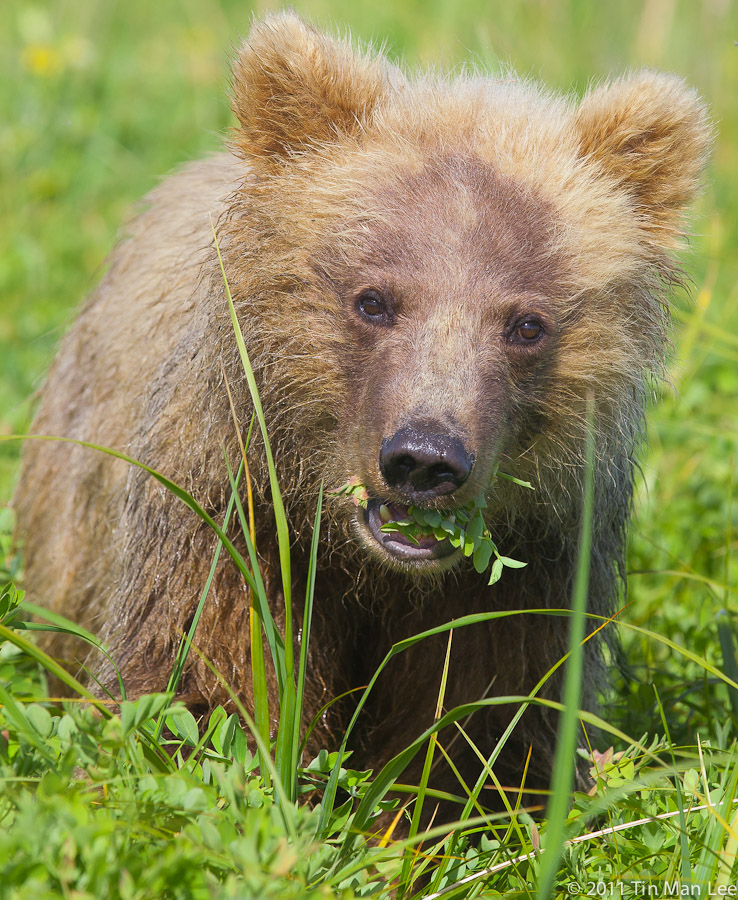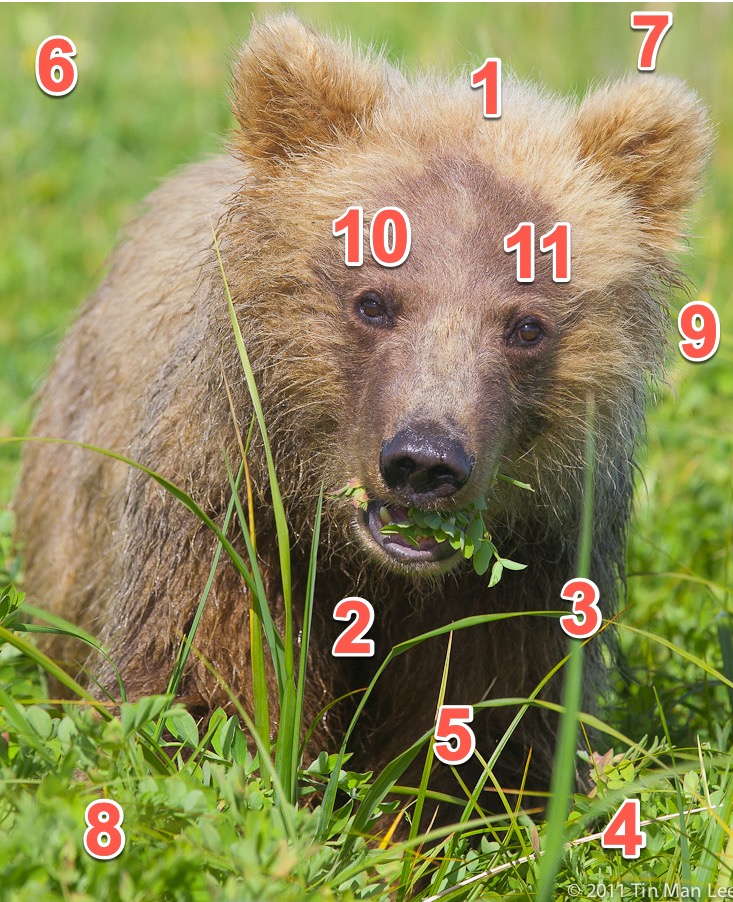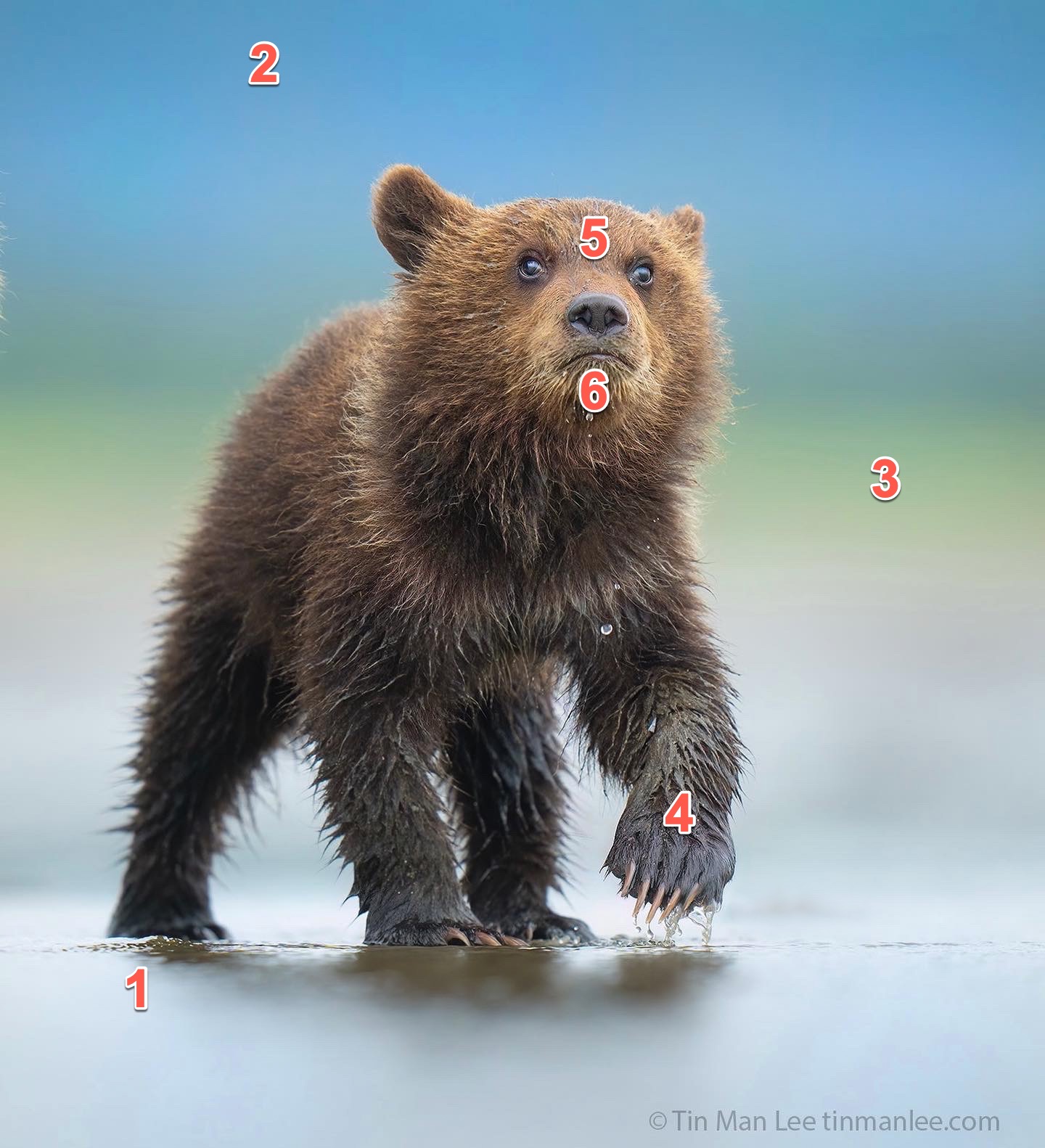A comparison of two photos. Why one was a non-photo?
I received quite a lot of emails from yesterday's newsletter. Many said my pre-2011 photos were great.
I was shocked at first. Then I realized what really happened.
Because before 2011, I did feel that those photos were great too. And I was stuck for ten years before I could have a breakthrough.
Link to yesterday's newsletter:
https://tinman.activehosted.com/index.php?action=social&c=233&m=322
It's quite interesting how two similar photos of the same species would create such different outcomes in my life.
And that's why I am so into understanding why some art work became timeless, while some were easily forgotten.
I used to feel that the Mona Lisa painting was nothing special and it must be hype even though I did have that eerie feeling the first time I saw it feeling that eye contact and the mysterious smile.
Anyways, today I am going to give you a quick analysis of my pre-2011 and post-2011 photo of a bear.
First, the pre-2011 photo that some of you told me you liked it.
Nice, right? Light was behind me. Good eye contact. Bear eating the grass. Good moment.
Now pause for a second and think about where you eyes were moving when you look at this photo.
You might not notice it, but subconsciously, human eyes couldn't resist moving to a few key places, such as the brightest area, the darkest area, the highest contrast area...
Let's start by talking about these. Now look at this annotated photo, which is what an editor or judge look at it:
1. brightest area
2. darkest area
3. a cross of two bright tall grass vs dark color, highest contrast area
4. a white stick crossing the grass, also high contrast
5. more crossing of tall grass
6. some bright yellow flower
7. some bright stick
8. highlight and shadow of pattern
9. more stick with high contrast yellow
10 and 11: eyes where I actually want the viewers to look at
The power of a photo is how fast you can direct the viewer into where you want them to look at, but here there are at least 9 obstacles stopping the viewers.
Now look at this photo:
What do you see? What do you feel?
Ok, here is my analysis, with this annotated photo:
Most of the viewers start from lower left when they encounter a photo.
1. Viewer's eyes follow the shape of the hind leg to move up, from the darker area to the warmer brighter fur.
2. From colder color temperature, viewer's eyes naturally move to the warmer brown tone.
3. The green is also in colder color temp, moving viewer's eyes towards the bear.
4. Going from lower right, the contrast of claw and dripping water is one of the key areas I want viewers to look at
5. The eyes of the bear are the brighter part of the bear, which is also one of the key areas I want viewers to look at
6. Finally, the little head tilting up showing the expression on the mouth is the most important element, because I want viewer's to follow the expression and the eyes to move along where the bear is looking at.
With this photo, there are only very few distractions to stop viewers from going to what I want them to move their eyes to.
From a first glance, it may not be so apparent. But sometimes the small details is what change everything.
So every time when I am in the field, I see a wildlife encounter as a challenge for me to solve the puzzle given by Nature.
For example, I know when the bear is eating grass, its not going to be a good photo, so I enjoy my time just watching them without taking any photos, maybe take some iPhone videos for fun and have a good time. But I was actively observing and waiting.
When the bear decides to move to the beach, I know the opportunity is coming.
But if I stand up and take photos at the beach, the foreground is still going to create distraction and non-photo.
So I work on my positioning to avoid it. I am also observing everything behind the bear, waiting and predicting her movement so I can avoid the rocks or mud pile to be in the frame.
Then finally when she raised her head to look at the sea gull, I knew I had my shot.
Photography is so much fun. Sometimes when I solve a very tough puzzle I even feel that I am closer to become one with Nature...
When everything comes together, its hard to describe that pure joy.
Hope it helps.
If you like what you just read, please share with your friends.
If you like to go on a trip with me so I can teach you exactly how to solve these "puzzles" in each fleeting moment of an animal encounter, I have a trip coming up to Alaska. So email me ASAP. I have one spot left.
Tin Man
P.S. I have a 10-hour masterclass on bird and wildlife photography It's basically a comprehensive and more refined version of Sharp Winning Photos 2.0 (SWP 2.0 has over 100 hours of tutorials) but with practical step-by-step methods where you can apply immediately in the field to help with your photography.
Check it out here as I am doing a special.
https://tinmanclass.com/masterclass1
My youtube channel:
https://www.youtube.com/channel/UCH7aet_OB9luA62QiHF9XRg
My IG:
https://instagram.com/tinmanlee






I’ll go to Alaska